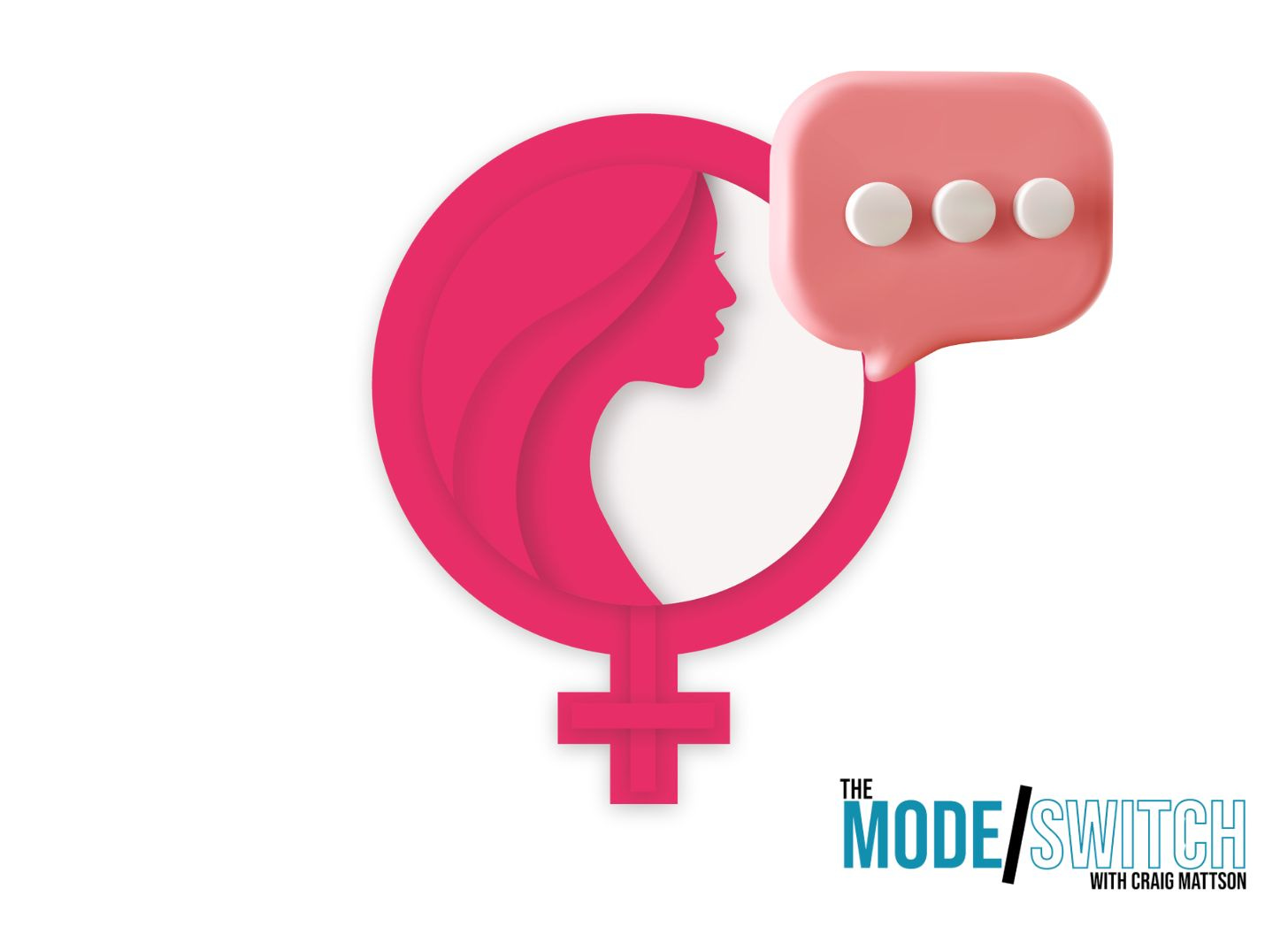When Women's Bodies Keep the Score
How workplace acknowledgement is possible when empathy is not
What We’ve Been Missing in the Workplace
Late in February of this year, Calvin University’s president, Wiebe Boer, resigned when external reviewers found that he’d conducted “unwelcome and inappropriate communication.” The news took us in the Calvin community from desolation to frustration to anxiety and, in some cases, to relief that the university had acted swiftly and gratitude that the victim(s) had spoken up decisively.
Blindsiding news provokes a lot of memory-scans. I found myself going back through my few conversations with President Boer, sorting through things said, gestures made, attitudes taken, trying to find what I had missed.
But this week, I’m asking what else regularly gets overlooked in the workplace. Not just sexual harassment and abuse, but the ordinary unmentionableness of bodily experiences.
Autoimmune disorders. Migraines. Long Covid fog. Hormonal therapy for gender transitions. Obesity that makes it hard to find a chair. Bowel syndromes that make bathrooms seem too far down the hall.
A lot of difference in the workplace traces to sex and gender. So let me name what you can tell from my photo, maybe: my body doesn’t menstruate, produce milk, or (now that I’m over fifty) generate night sweats. But all these conditions are enormous and ordinary elements of my coworkers’ daily experiences.
We’re all more than our symptoms, of course. But what’s a respectful, non-invasive way to acknowledge and honor physical conditions very different from our own?
What Else Gets Missed in the Workplace
Yesterday morning, I headed to our university’s fitness center, thinking about this piece, planning to write about gender discrimination in the workplace. After Boer’s abrupt departure, I wanted to make the case that compliance wasn’t enough, that what we needed was a radical change in our organizational culture.
This brilliant piece was writing itself on the treadmill.
What American work culture needs is not more compliance workshops but a massive shift in values—so massive that Title IX itself would feel irrelevant.
I was loving my endorphin dream.
We could be so done with our addiction to the bright, shiny leaders who harm the most vulnerable among us. Instead, we could be cultivating organizations whose substrates would be decency and respect. The mode/switch to end all mode/switches!
All this sounded amazing in my head. But, just to be sure, when I got to the office, I reached out to a trusted friend and shared the idea.
There was a long pause. Then, she texted that, yeah, sure, the idea sounded great. But I was missing some subtle, human experiences, she said. Period cycles, for instance.
The longer we texted , the more I realized I was missing the indispensable physicality of being she at work.
Why Sharing Another’s Exact Feelings Isn’t the Solution
If you’ve been following this newsletter, you know that I’ve spent the last few years interviewing and writing about the working lives of Gen Z and millennial professionals. The Mode/Switch has helped me grok other people’s life and work, even when, for reasons of sex and gender, those people are very different from me.
Look, I’m not repeating the tired trope that I’ll never understand women. This is not me replaying the men-are-from-mars-women-are-from-Venus meme.
But lately, I’ve been having my doubts that good intentions, heartfelt identification, and careful wording will do the job. Maybe it’s not enough just to be a basically kind person who doesn’t say douchey things.
When it comes to acknowledging someone’s physical experience, is it enough to be empathetic? I mean, sure, empathy is better than being a schmuck. Empathy feels necessary, even. But is it sufficient? Empathy assumes that I can share your experience, walk in your shoes. But can I?
Sometimes that close identification is impossible. How do we honor the radically different particulars of what Judith Butler might call someone else’s precarious life?
Why Feeling-With Another Can Help
Two weeks back, I was on a pilgrimage in the South, trying to comprehend the experience of thousands of enslaved and tortured Black people. But how could I possibly understand it? I could take notes. I could pictures. But how, how, how—?
When I got back, a friend of mine sent me an essay by Roger Aden that argued that one way to understand others is through a practice known as “feeling-with.” It’s a practice that requires not so much feeling-the-same as feeling-alongside. You’re there feeling one thing; I’m right next to you feeling something else. But we’re gonna do all that emotional work together.
What caught my eye was that feeling-with has little to do with empathy.
It’s not about getting into the shoes of another person or (as it’s said in corporate speak) getting on the same page. Instead, it’s about trusting what people say about who they are and what they feel.
That practice matters in an American workplace bedeviled with abuse and harassment. But I think it also matters when there’re no Title IX reports in sight. Even when all we’re dealing with is the astonishing fact of a pained embodiment that nobody’s chosen—even then, we can do this simple, human thing of feeling-with.
I think it might sound like this.
I see you, feeling a thing over there, feeling something I can’t feel. And, you know what? I may be feeling some completely other thing. But I trust you. I trust what you say. I trust what you enact. I trust who you bodily are.
What Acknowledgement Requires for Working Bodies
How do you do this at work? Here are some things to try:
Open awareness to just how many different bodily experiences nearby workers are likely living through.
Don’t force identification with people, saying things like, “I know just how you feel.” Instead, practice observant quietness.
Do the homework. Read blogs about conditions your coworkers carry. But the most important research may be simply trusting what your coworkers need.
Remain hopeful despite profound difference. A coworker’s experience may be radically different from your own, but as the physicist Neils Bohr said “the opposite of one profound truth may very well be another profound truth.”
Want to get started?
One place to study the practice of feeling-with is by watching the complex attentiveness Phoebe gives Belinda in this scene from Fleabag. Notice how they are generationally removed from each other, but together anyhow. Notice that when Phoebe tries to close the gap between them too much, Belinda pulls back. But notice how the feeling-with continues even so.
Listen While You Work
The Mode/Switch’s communications coordinator, Hannah Sherbrooke, designs the visuals for these newsletters. And as we were making plans for this week’s layout, she told me she had just the playlist for you.






